One of the most overlooked aspects of plant care is light. Many new plant parents focus on watering schedules or soil types but forget that light is the single most important factor for healthy growth. Without enough light, even the most attentive watering or fertilizing won’t help your plant thrive.
But here’s the tricky part—different plants need different amounts of light, and the signs of too much or too little light aren’t always obvious at first.
If you’ve ever wondered whether your plant is getting the right amount of sunlight, this guide will walk you through everything you need to know. From recognizing telltale signs to adjusting your setup for optimal lighting, you’ll soon become a pro at reading your plants’ light needs.
Why Light Matters So Much
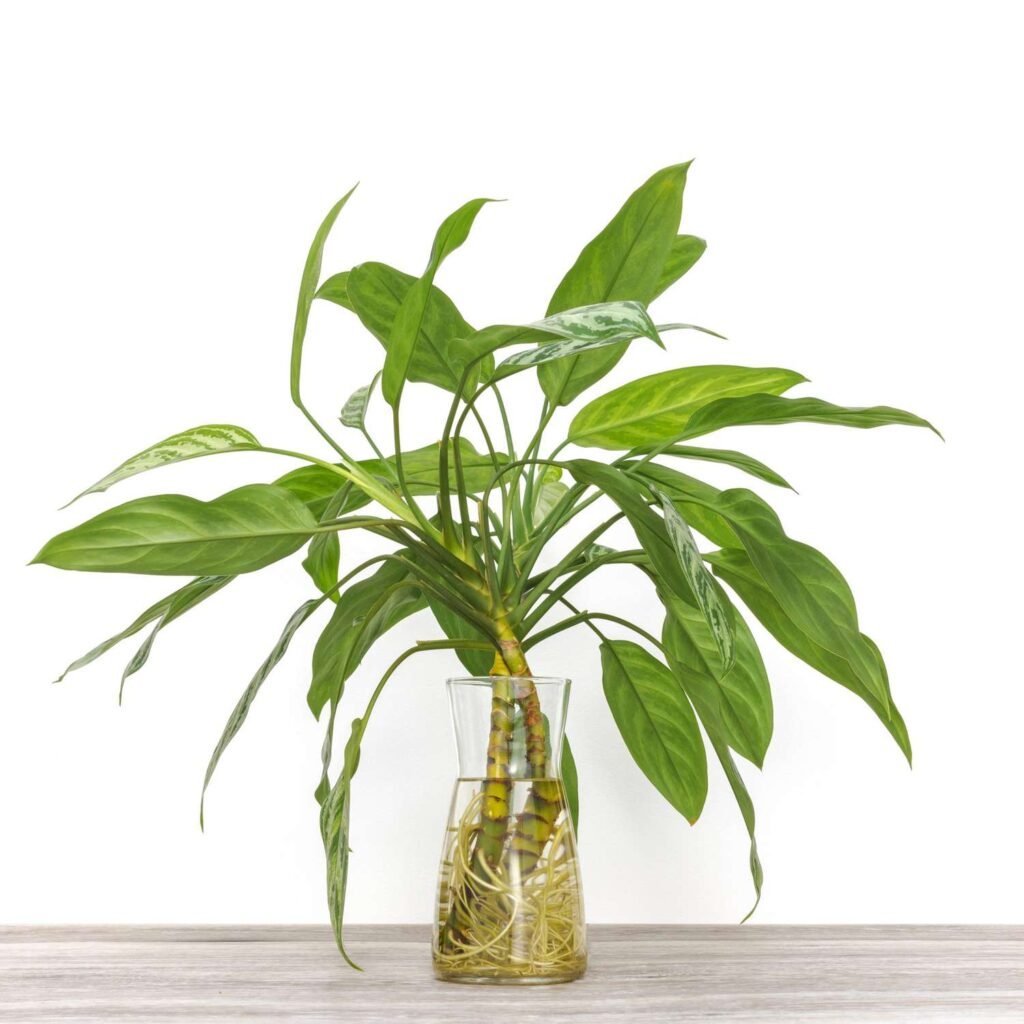
Plants rely on light for photosynthesis, the process that converts light energy into food. This energy allows them to grow leaves, roots, flowers, and fruit. Without sufficient light, a plant can’t produce enough energy to sustain itself—it becomes weak, leggy, and pale.
In indoor environments, light intensity is much lower than outdoors, even near a bright window. So understanding how much light your plant actually receives (and what it needs) is crucial to keeping it healthy.
Understanding Light Levels
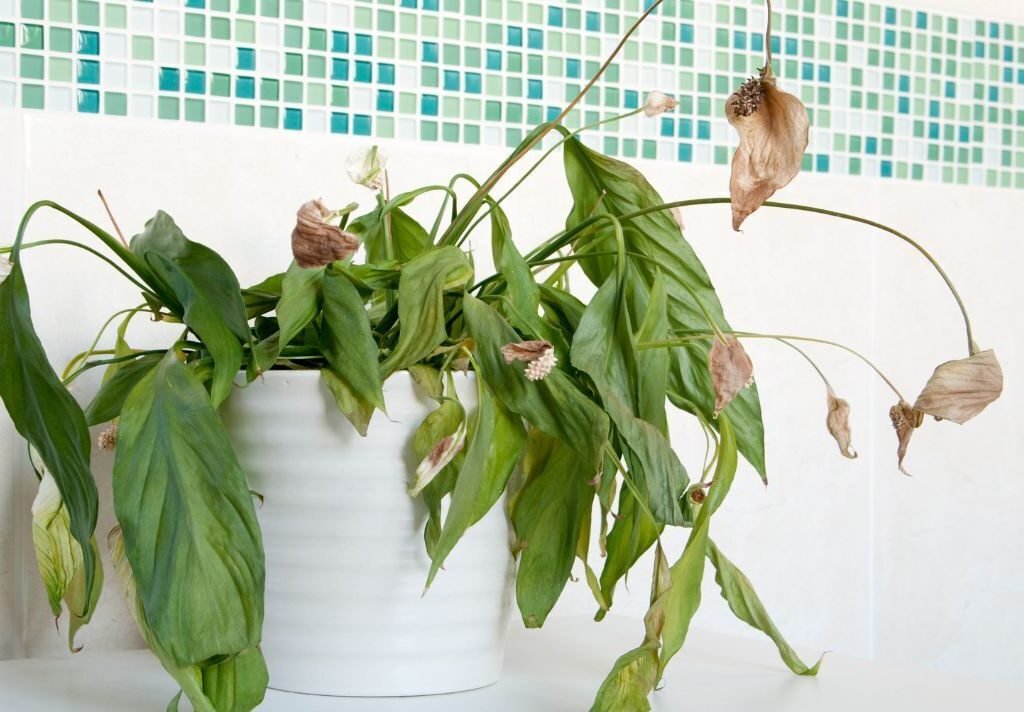
Before we dive into the signs, let’s break down what “light” really means in plant care.
- Bright, Direct Light: Sunlight that shines straight onto the plant for several hours. Usually found near south- or west-facing windows. Perfect for sun-loving plants like cacti, succulents, or bird of paradise.
- Bright, Indirect Light: Light that’s abundant but softened—such as near an east-facing window or a few feet away from direct rays. Great for popular houseplants like pothos, monstera, or peace lilies.
- Medium Light: Moderate brightness with no direct sun. Often found in bright rooms but away from windows.
- Low Light: Minimal natural light, such as in north-facing rooms or corners far from windows. Only certain plants, like ZZ plants, snake plants, or cast iron plants, can survive here.
Understanding these categories helps you match plants to your home’s lighting conditions.
Signs Your Plant Is Not Getting Enough Light
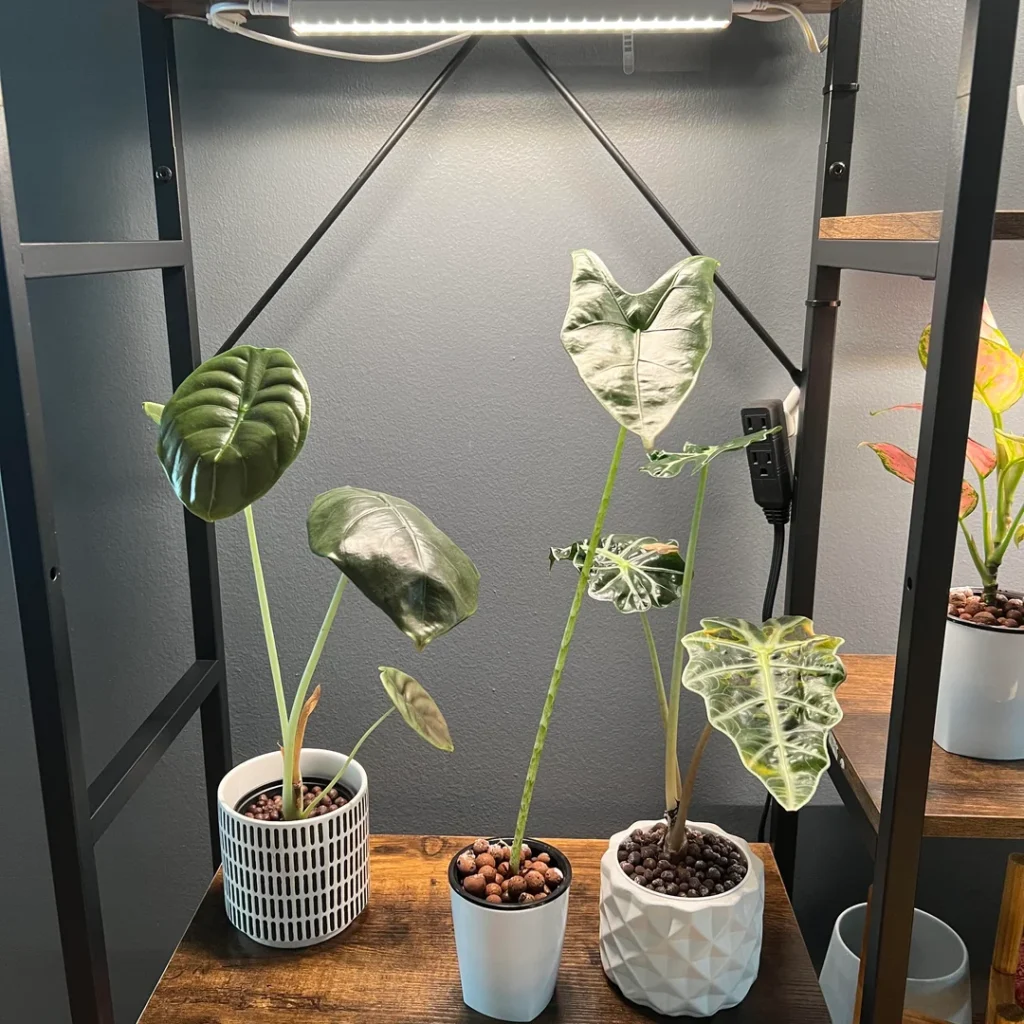
Plants are excellent communicators—they show stress clearly if they’re not happy. The following are common signs of insufficient light:
1. Slow or No Growth
If your plant hasn’t produced new leaves in months, it may not be receiving enough light. Light-starved plants can’t photosynthesize efficiently, meaning they don’t have enough energy to grow.
2. Pale or Yellowing Leaves
Chlorophyll (which makes leaves green) depends on light. When there isn’t enough, leaves start to lose their vibrant color, appearing faded or yellowish.
3. Leggy Stems (Stretching Toward Light)
One of the clearest signs of poor light is leggy growth—long, stretched stems with wide gaps between leaves. This happens when the plant stretches toward the nearest light source in an effort to capture more sunlight.
4. Small, Sparse Leaves
If new leaves are smaller than usual or spaced farther apart, it’s a sign the plant doesn’t have enough energy to grow properly.
5. Leaves Turning Toward the Window
If your plant seems to “lean” or tilt toward a light source, it’s begging for more light. You might even notice it rotating its leaves throughout the day to follow the sun.
6. Soil Stays Damp for Too Long
In low light, the soil doesn’t dry out quickly because the plant isn’t actively using water. If your potting mix stays wet for days after watering, it could indicate poor light exposure.
7. Leaf Drop
Some plants shed older leaves when light becomes insufficient to reduce their energy demand. Fiddle leaf figs, for instance, often drop their lower leaves when light is too low.
Signs of Too Much Light
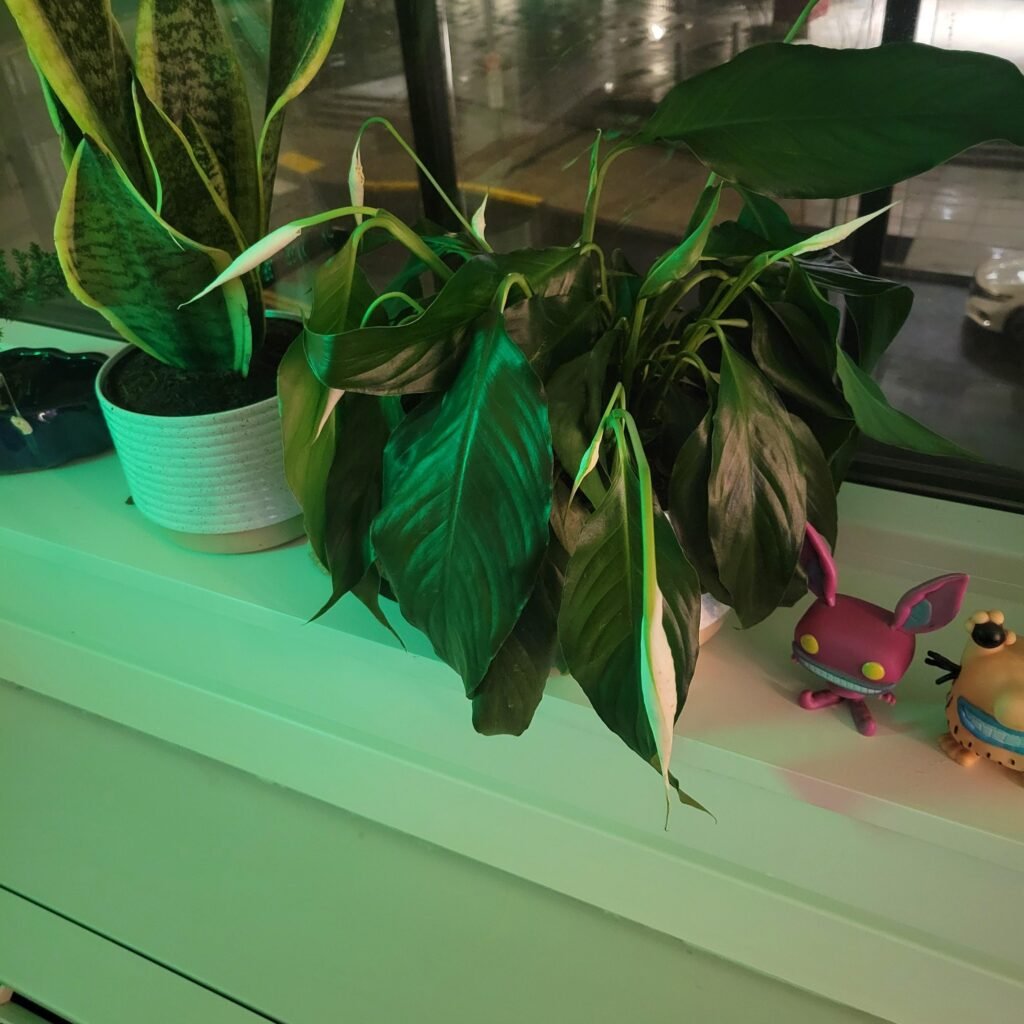
While lack of light is common, too much light can also be harmful—especially for shade-loving plants. Here are symptoms that your plant is receiving excessive sunlight:
1. Scorched or Bleached Leaves
Direct sunlight can burn delicate foliage, leading to brown, crispy patches or white, bleached spots.
2. Dry, Crispy Soil and Leaf Edges
Plants in intense light lose water quickly through transpiration. If the leaf tips or edges turn brown and dry out fast, too much sun could be the culprit.
3. Curling or Folding Leaves
To protect themselves from harsh light, some plants curl or fold their leaves inward to reduce exposure.
4. Faded Leaf Color
Excessive light can cause pigment loss, resulting in pale or dull-looking leaves.
5. Drooping During Midday
If your plant droops around midday but perks up later, it might be overwhelmed by the intensity of direct sunlight during peak hours.
How to Check Your Indoor Light Levels
It’s not always easy to judge light levels by eye. Here are some simple methods to determine how much light your plant is getting:
1. The Shadow Test
Hold your hand about a foot above the plant:
- A sharp, well-defined shadow = bright, direct light.
- A soft, fuzzy shadow = bright, indirect light.
- A barely visible shadow = low light.
2. Use a Light Meter
A lux meter or PAR meter gives a more precise reading. For reference:
- Low light = below 500 lux
- Medium light = 500–2,000 lux
- Bright indirect light = 2,000–10,000 lux
- Direct sun = 10,000–50,000 lux
You can even use smartphone apps to estimate light intensity.
3. Observe Plant Placement
Look at how far your plants are from the window. Most houseplants thrive within 3–5 feet of a bright window. If it’s farther than 6 feet, it’s likely getting low light unless supplemented with grow lights.
How to Improve Lighting Conditions
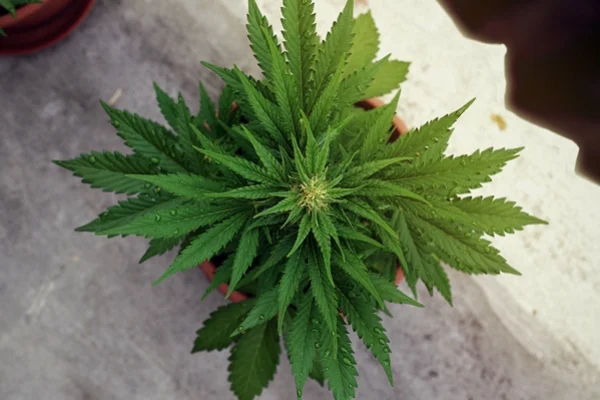
Once you’ve identified that your plant isn’t getting enough (or too much) light, you can easily make adjustments.
1. Move the Plant Closer to the Window
Most indoor plants benefit from being closer to a light source. Move them within a few feet of bright windows, but avoid direct rays if they’re prone to burning.
2. Rotate Regularly
Plants naturally grow toward the light. Rotate your pots every week or two to encourage even growth on all sides.
3. Clean the Leaves
Dust blocks sunlight from reaching the leaf surface. Wipe leaves gently with a damp cloth every few weeks to keep them dust-free.
4. Supplement with Grow Lights
If your home doesn’t get enough natural sunlight—especially during winter—grow lights can be a game changer.
Types of Grow Lights:
- LED Grow Lights: Energy-efficient and ideal for all plant types.
- Fluorescent Lights: Good for seedlings and small indoor gardens.
- Full-Spectrum Lights: Mimic natural sunlight for balanced growth.
Place grow lights 6–12 inches above your plants and keep them on for about 12–14 hours a day.
5. Use Reflective Surfaces
Position plants near light-colored walls, mirrors, or white curtains to help bounce light around the room.
6. Adjust Seasonally
Sunlight shifts throughout the year. During winter, move plants closer to windows; in summer, provide sheer curtains to filter strong rays.
Matching Plants to Light Levels
Here’s a quick guide to help you match popular houseplants to their ideal light conditions:
| Light Level | Best-Suited Plants |
|---|---|
| Bright Direct Light | Succulents, cacti, jade plant, aloe vera, bird of paradise |
| Bright Indirect Light | Monstera, fiddle leaf fig, peace lily, pothos, philodendron |
| Medium Light | Spider plant, rubber plant, dracaena, Chinese evergreen |
| Low Light | Snake plant, ZZ plant, pothos (variegation may fade), cast iron plant |
When you choose plants that naturally fit your lighting environment, maintenance becomes effortless.
Troubleshooting Example Scenarios
Let’s go over a few real-life examples to make this practical:
Scenario 1: A Drooping Pothos Far from a Window
The leaves are pale and the stems are long. Solution: Move it closer to a bright, indirect light source. Within two weeks, new leaves will grow greener and sturdier.
Scenario 2: Burned Leaves on a Peace Lily
Brown spots appear on leaves facing the window. Solution: Move it back 2–3 feet or use a sheer curtain to diffuse direct light.
Scenario 3: A Fiddle Leaf Fig with Uneven Growth
It’s growing lopsided toward the window. Solution: Rotate the pot weekly for balanced growth and clean the leaves regularly to improve light absorption.
Final Thoughts
Light is life for your plants. Getting it right isn’t about guessing—it’s about observation and adjustment.
Remember these simple rules:
- If your plant is stretching, yellowing, or pale, it needs more light.
- If it’s burning, curling, or fading, it’s getting too much.
- And if it’s thriving, producing new leaves, and maintaining color, you’ve found the sweet spot.
By learning to read the subtle cues your plants give, you’ll create an environment where every leaf shines with health and vibrancy. Whether you rely on a sunny windowsill or supplement with grow lights, giving your plants the right light is the foundation of a thriving indoor garden.





Leave A Comment